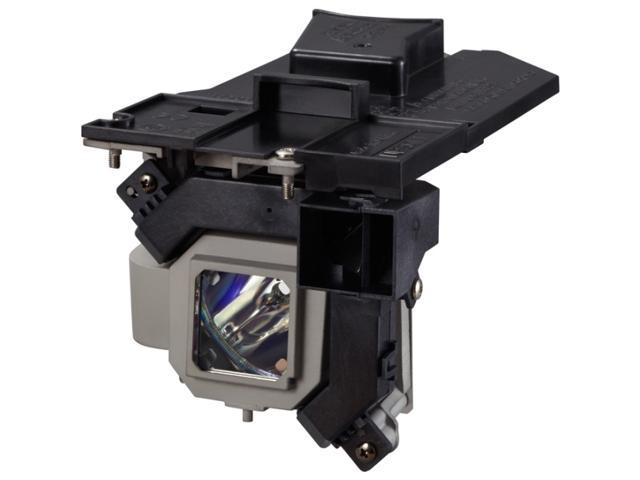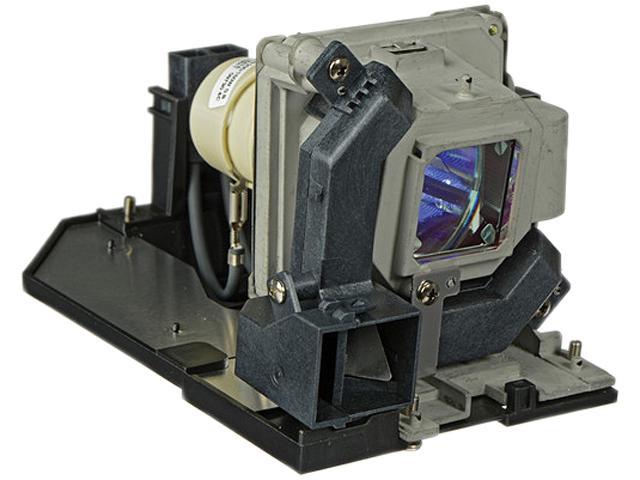Excerpt from Journal of the United States Artillery, 1917, Vol. 47
Searchlights were first used in the Civil War. These were fitted with metal mirrors and were very crude. The first electrical searchlight was employed in the year 1867 by the French but it proved to be of little practical value until the invention of the Mangin mirror in the year 1877.
In the course of the war of 1870-1871, several projectors were used at Paris, but without any great success. The elec tric dynamo, however, gave considerable impetus to their em ployment, and the construction of illuminating apparatus was therefore begun; but, because of its slight mobility, it could be used only during siege operations and then only on the defensive side. Fortified places were but scantily provided with projectors, and since it was in the first stages of develop ment there was but one size of mirror, i.e., thirty-five inch it was hoped that with that size all the situations arising during the siege could be properly faced. No one occupied himself with the tactical use of projectors, and the night exercises where they played their proper part were rare. The Sites chosen for the apparatus were often just the reverse of what they should have been and but little thought was given, indeed none at all, to the use of lights according to the tactical situation. The troops were not sufficiently interested in these new engines of war and, also, they could not believe that there was any well advised use for them.
About the Publisher
Forgotten Books publishes hundreds of thousands of rare and classic books. Find more at www.forgottenbooks.com
This book is a reproduction of an important historical work. Forgotten Books uses state-of-the-art technology to digitally reconstruct the work, preserving the original format whilst repairing imperfections present in the aged copy. In rare cases, an imperfection in the original, such as a blemish or missing page, may be replicated in our edition. We do, however, repair the vast majority of imperfections successfully; any imperfections that remain are intentionally left to preserve the state of such historical works.















